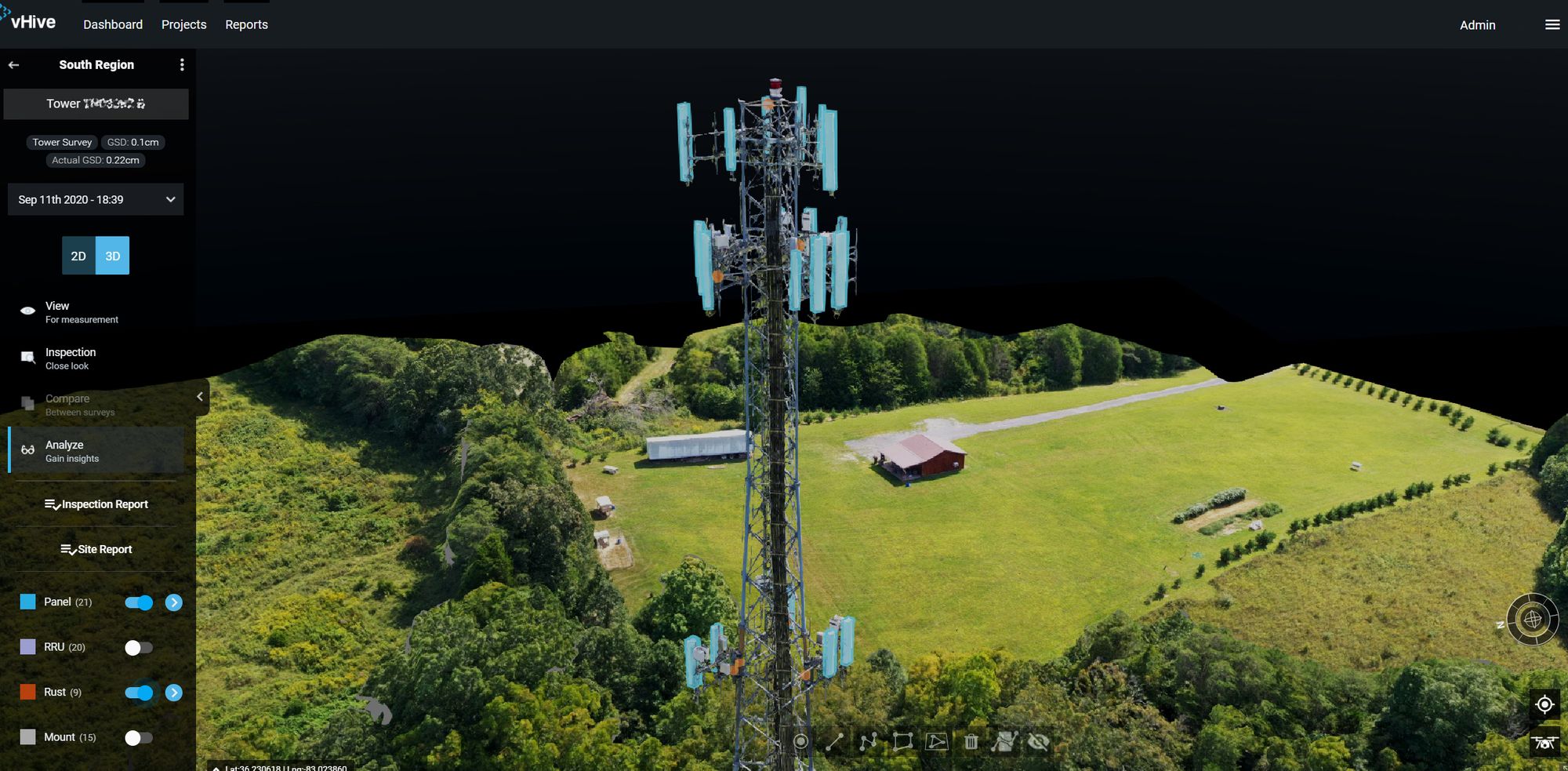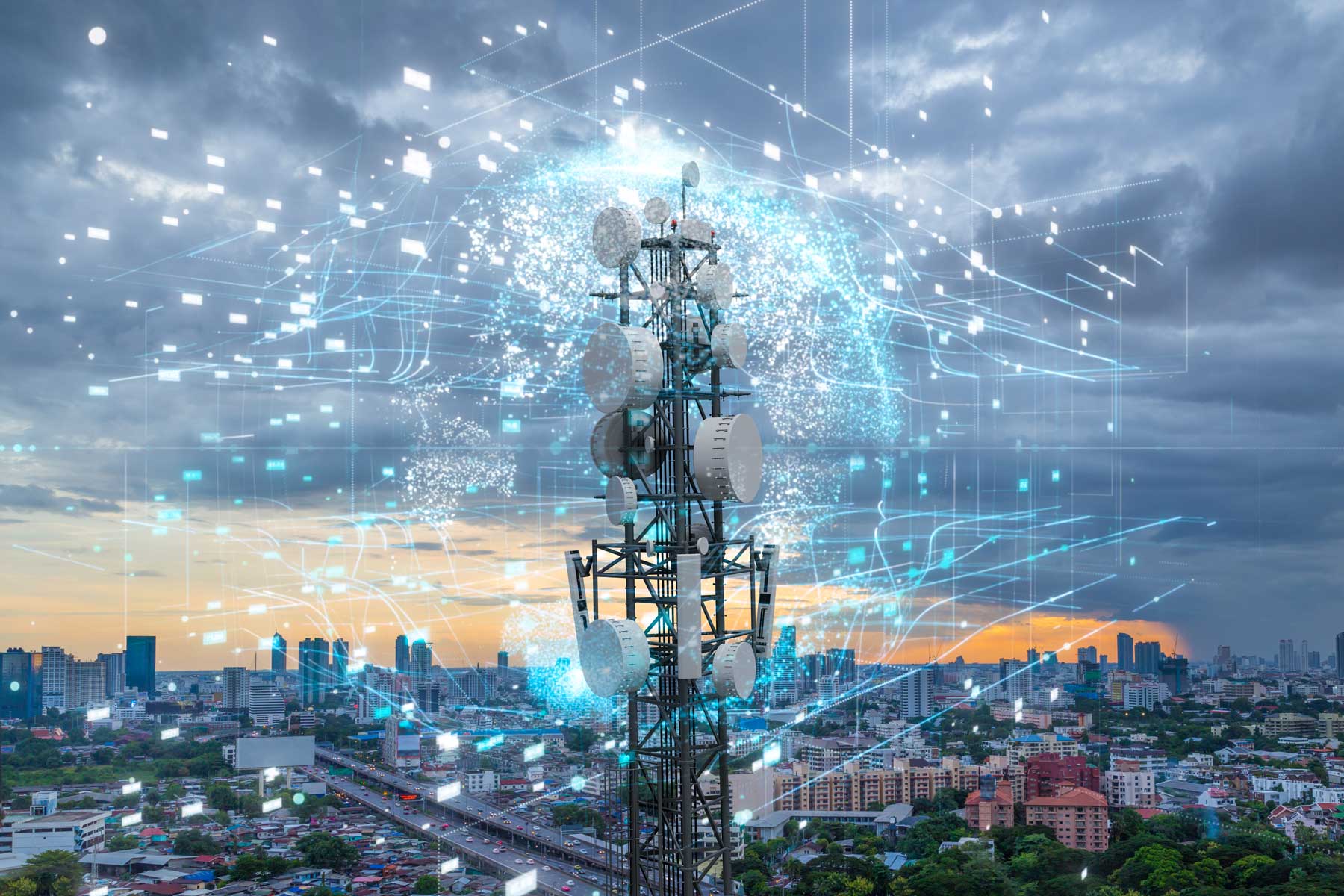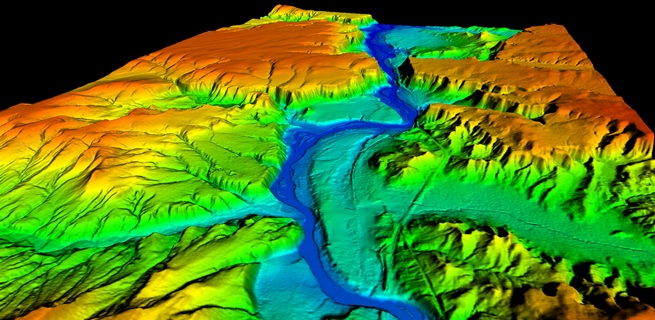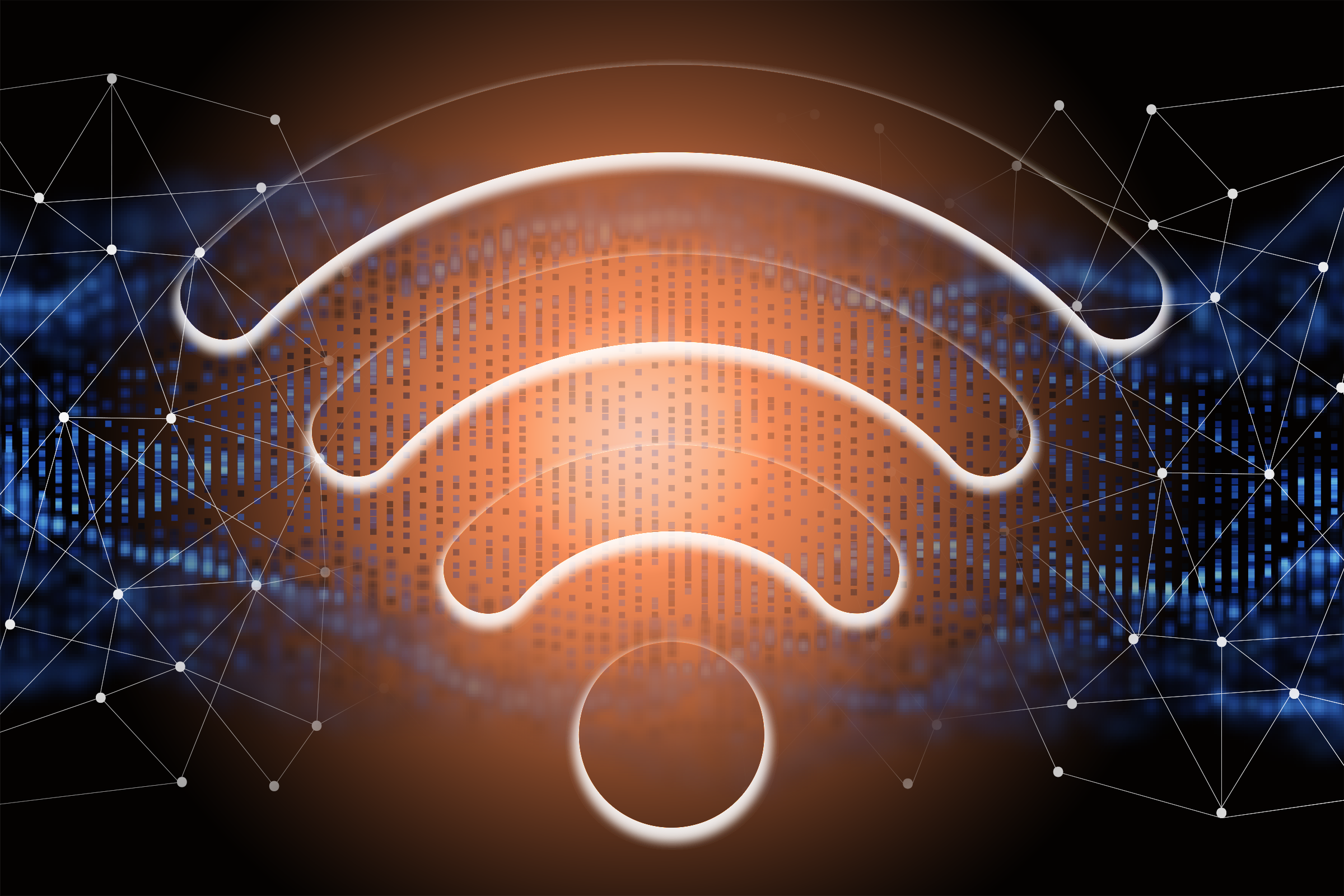
Introduction
In the evolving landscape of telecommunications infrastructure maintenance, drones have proven indispensable, significantly enhancing both efficiency and safety. The adoption of technologies such as 3D photogrammetry and LIDAR systems has revolutionized cell tower inspections.
Equipped with high-resolution cameras and advanced sensors, drones now perform detailed inspections, capturing complex aspects of tower structures and components with precision. This innovation eliminates the need for human climbers, thus mitigating safety risks and expediting the inspection process considerably.
Capable of navigating intricate environments, drones quickly gather data and produce thorough inspection reports in minutes. The deployment of these unmanned aerial vehicles not only boosts operational efficiency but also guarantees accurate and comprehensive evaluations of cell tower conditions, ensuring the uninterrupted performance of telecommunications networks.

Cell Tower Inspections
In the evolving landscape of telecommunications infrastructure maintenance, drones have proven indispensable, significantly enhancing both efficiency and safety. The adoption of technologies such as 3D photogrammetry and LIDAR systems has revolutionized cell tower inspections.
Equipped with high-resolution cameras and advanced sensors, drones now perform detailed inspections, capturing complex aspects of tower structures and components with precision. This innovation eliminates the need for human climbers, thus mitigating safety risks and expediting the inspection process considerably.
Capable of navigating intricate environments, drones quickly gather data and produce thorough inspection reports in minutes. The deployment of these unmanned aerial vehicles not only boosts operational efficiency but also guarantees accurate and comprehensive evaluations of cell tower conditions, ensuring the uninterrupted performance of telecommunications networks.

Line of Sight Inspections
Drones have become indispensable in telecommunications, particularly for the crucial task of conducting line-of-sight inspections of cell towers. The strategic positioning of these towers is essential for maintaining the seamless operation and integrity of network systems. Utilizing drones enables a rapid and detailed evaluation of the terrain around the cell tower, ensuring there are no obstacles that could hinder signal transmission.
This advanced method not only speeds up the inspection process but also improves the accuracy of data collection, empowering telecom operators to make well-informed decisions about tower placement. By harnessing drone technology for line-of-sight inspections, the telecommunications sector can proactively identify and address potential issues, enhance network performance, and consistently provide reliable and efficient connectivity to consumers.

Digital Terrain Models (DTM)
Drones have transformed the generation of digital terrain models (DTMs), offering unprecedented efficiency, precision, and cost-effectiveness in geospatial technology. These unmanned aerial vehicles (UAVs), equipped with cutting-edge imaging technology, can rapidly and systematically gather high-resolution aerial imagery to produce exacting DTMs. A key advantage of UAVs is their ability to traverse remote or vast terrains that are otherwise inaccessible or labor-intensive for conventional surveying methods.
By minimizing the need for extensive manpower in terrain mapping, drones yield significant cost reductions. Additionally, the rapid data collection capabilities of drones facilitate more frequent updates to DTMs, which is vital for tracking environmental dynamics. The real-time data acquisition feature of drones not only bolsters the precision of terrain models but also proves critical in applications across urban planning, agriculture, environmental monitoring, and disaster management.
The deployment of UAVs in creating DTMs marks a significant advancement in geospatial services, providing a scalable and economically viable solution for comprehensive area analysis.

Signal Strength Surveys
The deployment of drones for mobile communications signal surveys marks a transformative advancement in the optimization of telecommunications infrastructure. These unmanned aerial vehicles (UAVs), equipped with state-of-the-art signal detection and measurement technologies, excel in efficiently and accurately canvassing extensive areas, evaluating the quality and strength of mobile communication signals. This innovative method supersedes traditional manual survey techniques, dramatically reducing manpower needs and enhancing survey velocity.
Capable of navigating difficult terrains and accessing remote locations, drones provide an exhaustive analysis of signal coverage over diverse landscapes. Their capacity for real-time data collection is crucial for the immediate identification of signal dead zones or areas with compromised connectivity, enabling telecom operators to swiftly rectify issues and augment network performance. Integrating drones into mobile signal surveys not only streamlines the process but also significantly boosts the efficiency and reliability of mobile communication networks, leading to superior service delivery.
